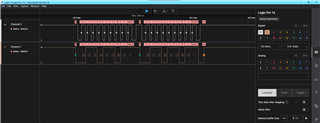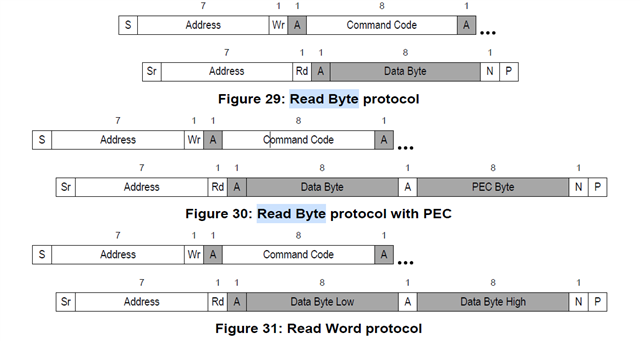Other Parts Discussed in Thread: TPSM846C23DEVM-807
Hi,
I have designed a board using TPS546A24ARVFR device. My intention is to program the device via Linux OS using USB to I2C/SMBus adapter. The two adapters we used are from Total Phase USB to I2C and other one is Silicon Labs USB to I2C adapter).When we try to program the device via PMBus, It's not getting detected. Could you please check the below query and help me to bring up the board
My Queries are
1) Since I am using Linux to detect slave address, is there any driver that needs to be installed for Pmbus, what is the command to detect i2c slave (if not the general one which is used)
2) Is there any power sequence or procedure to be followed for PMBUS programming? (connected wires from the adapter are SCL, SDA, and GND Pin using an external GPIO headers)
3) The IC seems to be working as I get 3.3V at the output ( as per hardware pin setting VSEL resistor ), but it's not getting detected and not able to access via PMbus.
Please find the snip of the circuit schematics for your reference.
With regards,
M Karthik






